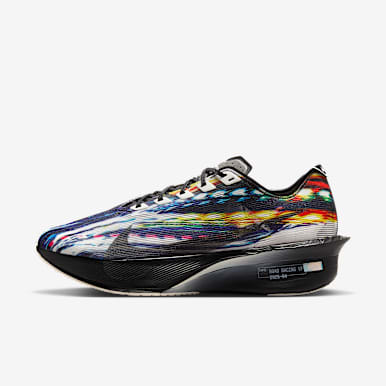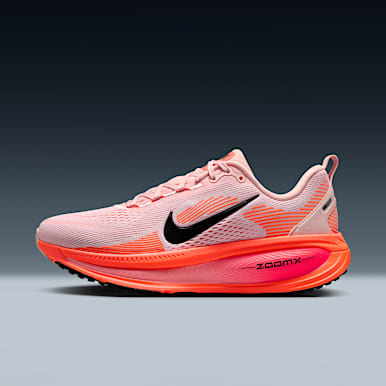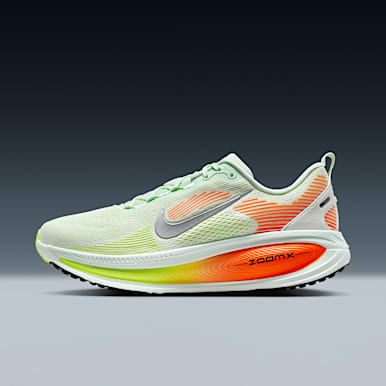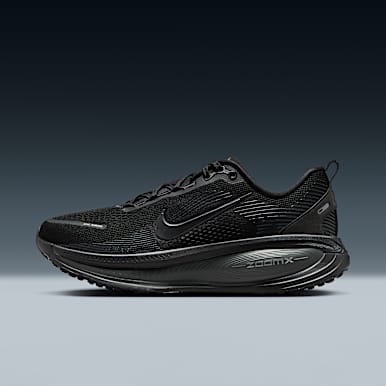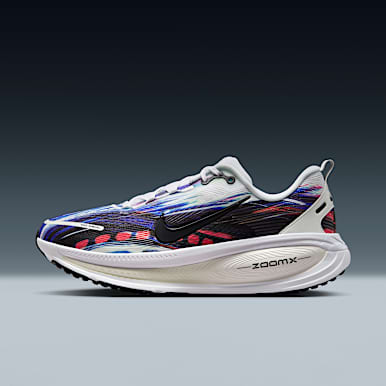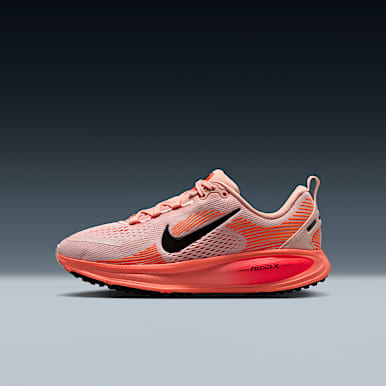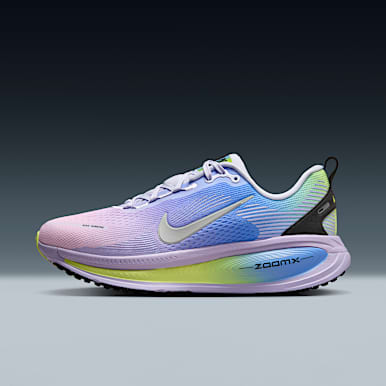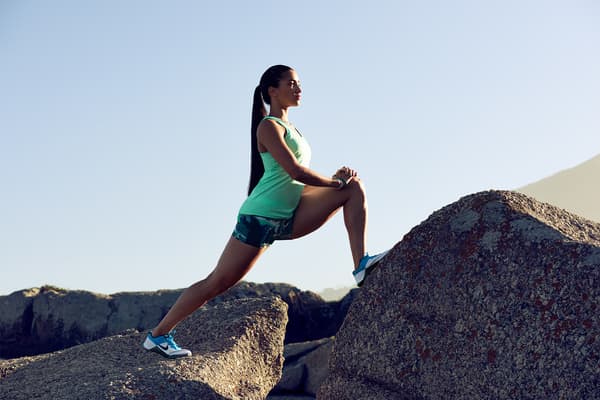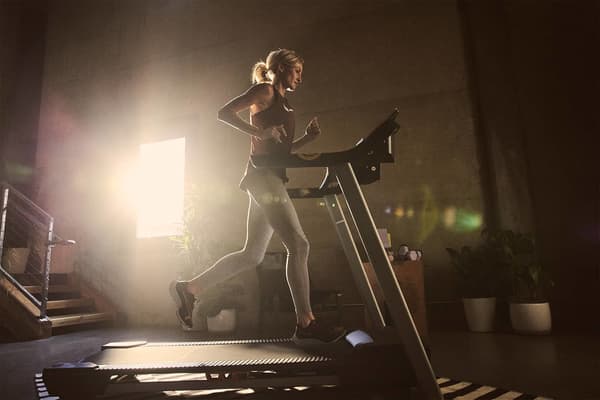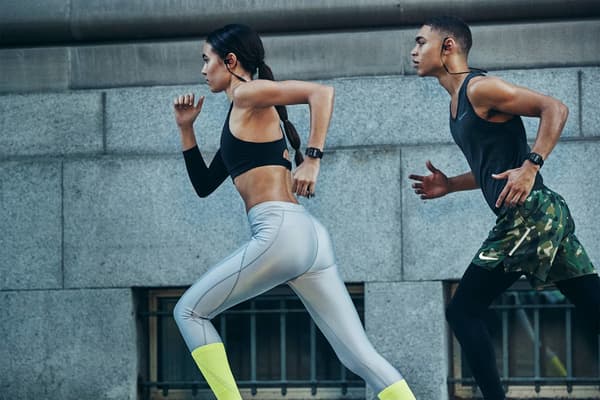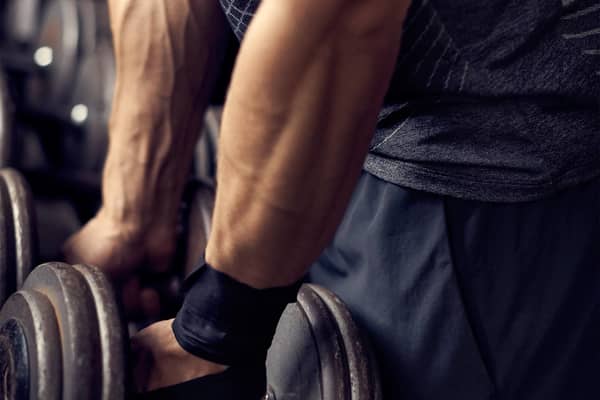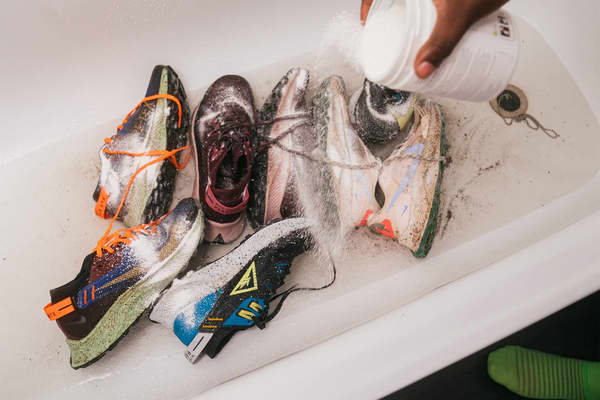What's the Difference Between Pronation and Supination?
Sport and Activity
Understanding lower-body joint mechanics—particularly the difference between pronation and supination—can help you find the right shoe and prevent injury.
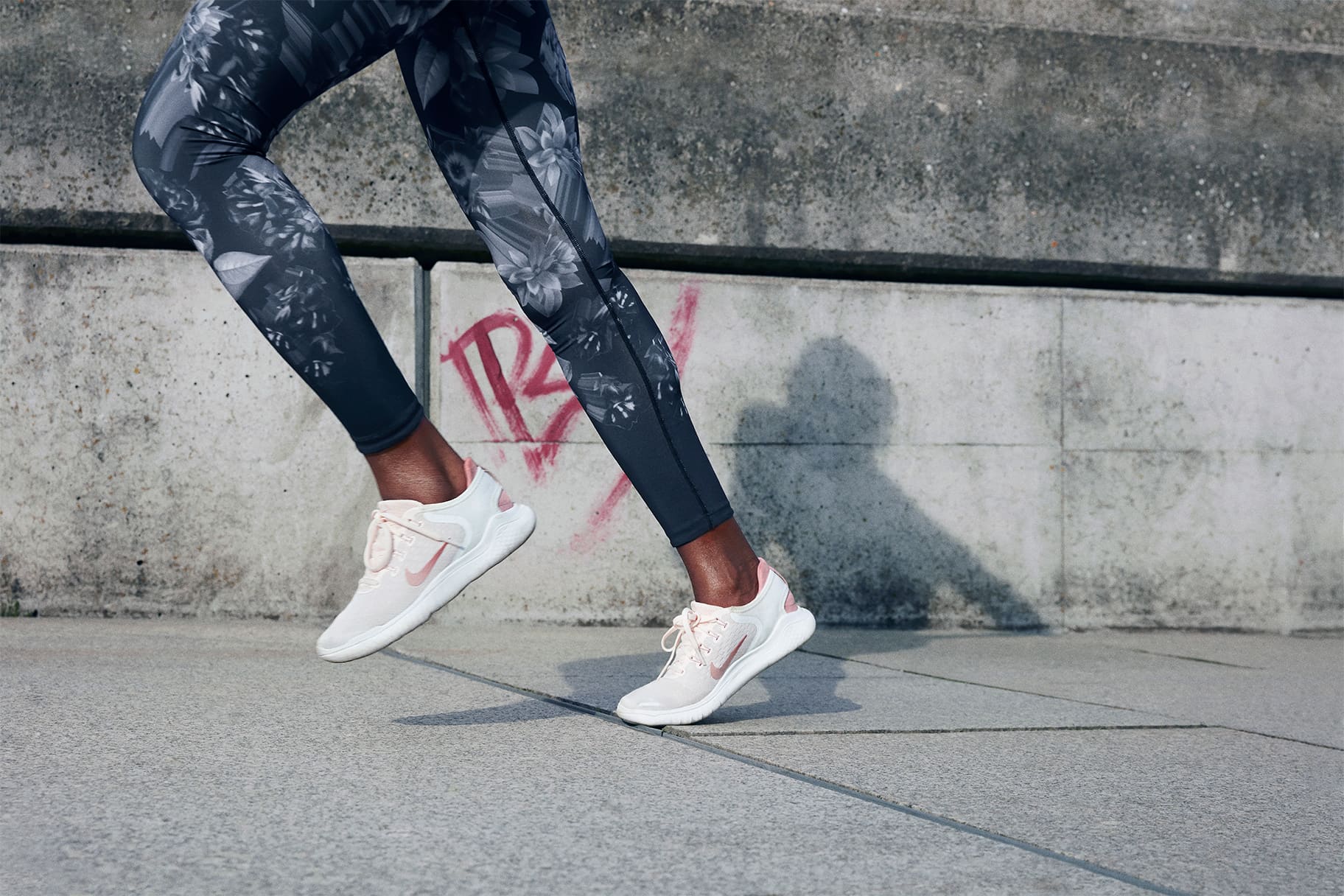
Pronation and supination are normal joint actions that occur in two areas of the body: the forearm and the foot. However, excessive pronation or excessive supination can cause problems, especially with the feet.
Runners in particular need to be concerned about overpronation and supination, as either condition can impact their gait, leading to problems with lower-body mechanics and possibly injury.
What Is Pronation?
In the upper body, pronation occurs when the wrist rotates posteriorly and turns the palm down (with a 90-degree bend at the elbow). When this happens, the radius crosses diagonally over the ulna (two bones of the forearm). Turning a door handle is an example of pronation in the forearm.
In the lower body, pronation refers to the natural inward movement of the foot. Pronation occurs at the subtalar joint, located directly below the ankle.
When you take a step forwards, your weight moves from the heel and distributes itself forwards and slightly inwards through the ball of the foot, where you push off with help from your big toe. This is called normal pronation, according to the American Academy of Orthopaedic Surgeons.
During normal pronation, the foot should roll inwards by 15 percent or less, so that the whole foot touches the ground briefly before you push off.
What Is Overpronation?
Overpronation of the foot occurs when the foot rolls in too much (eversion), placing excess pressure on the arches and increasing the risk of injury, particularly if you spend a lot of time on your feet every day—either during work or training.
People with flat feet (little to no arch) are at higher risk for overpronation. And when you overpronate, your arches can collapse even more. And runners who overpronate excessively are at risk of developing plantar fasciitis, iliotibial band syndrome, shin splints or knee pain, according to a May 2019 study in PLOS One.
Best Shoes for Overpronation
If you're an overpronator, you may want to consider getting a stability or motion-control shoe. These shoes control the motion in your foot to varying degrees and help you minimise your risk of injury.
- Stability running shoes are recommended for overpronators. They're designed to support the arch of the foot through the midsole that may also extend into the heel.
- Motion-control shoes are recommended for those with severe overpronation. They provide arch support in the midsole but also offer additional heel cup support.
Getting the right shoe for your gait and foot mechanics can help you move more comfortably through daily activities and perform better in sport. For instance, in a 12-week study that included 226 participants, researchers found that the Nike React Infinity Run—a shoe with stability and motion-control features—reduced running injuries by 52 percent.
What Is Supination?
When the elbow is bent at a 90-degree angle and you rotate the wrist so that the palm faces up, you are supinating. With the arm relaxed alongside your body, supination would cause your wrist to rotate so that the palm faces forwards (anterior).
In the lower body, supination is the normal outward rolling of the foot (inversion). During running, supination occurs during the push-off phase of your gait, when the heel lifts off the ground and your body weight moves to the lateral (outside) edge of your foot.
What Is Oversupination/Underpronation?
Oversupination, sometimes called underpronation, happens with a greater-than-average outward roll of the foot. People with high arches are at higher risk for oversupination.
Overpronation is more common than oversupination, but it should still be addressed if you fall into this category. That's because oversupination, like overpronation, puts you at higher risk for injury, especially plantar fasciitis, according to a November 2014 study from Foot and Ankle International.
Best Shoes for Supination
When shopping for shoes for supination (or underpronation), many people look for shoes that accommodate high arches. Generally, you'll want a shoe that offers plenty of cushioning, especially through the midsole. A wide toe box can also be helpful, as it can help support the foot, absorb impact and promote more pronation.
Check out neutral shoes like Nike Air Zoom Pegasus or Zoom Vomero to take advantage of their shock absorption, cushioning, and arch and ankle support. Or, try Nike React Infinity Run, which provides a wider toe box for optimum stability.
Frequently Asked Questions
Can Overpronation or Underpronation Be Fixed?
There are exercises that can help you avoid injuries related to overpronation or underpronation. For instance, those who pronate can do calf raises or bodyweight exercises like squats while maintaining neutral pronation.
Underpronaters (those who supinate) may benefit from stretching the Achilles tendon and strengthening the inner thigh. Whether you overpronate or oversupinate, working with a physiotherapist can help you identify the best exercises to avoid injury.
Is There a Test That Indicates If I Excessively Pronate or Supinate?
The wet foot test can help you determine if you overpronate or underpronate. Wet your foot and step onto an absorbent surface, like concrete or a piece of paper. Then evaluate the mark that your foot leaves:
- If you can see an outline of the entire foot and it looks thick through the arch, you're an overpronator.
- If the arch area is very thin or even detached from the mark left by the ball of your foot, you're an underpronator.
- If the area through the arch is slightly narrow, you probably have normal pronation.
Can Overpronation or Underpronation Be a Problem in the Forearm?
When pronation or supination is a problem in the forearm, it's usually due to a limitation of rotation, rather than an excess. Normal forearm rotation is about 75 degrees pronation and 85 degrees supination. Many daily activities are performed in an arc of 50 degrees of pronation and 50 degrees of supination. If rotation is limited by more than 30 degrees of pronation or supination, more shoulder rotation is required, which can be problematic if the condition is chronic.
